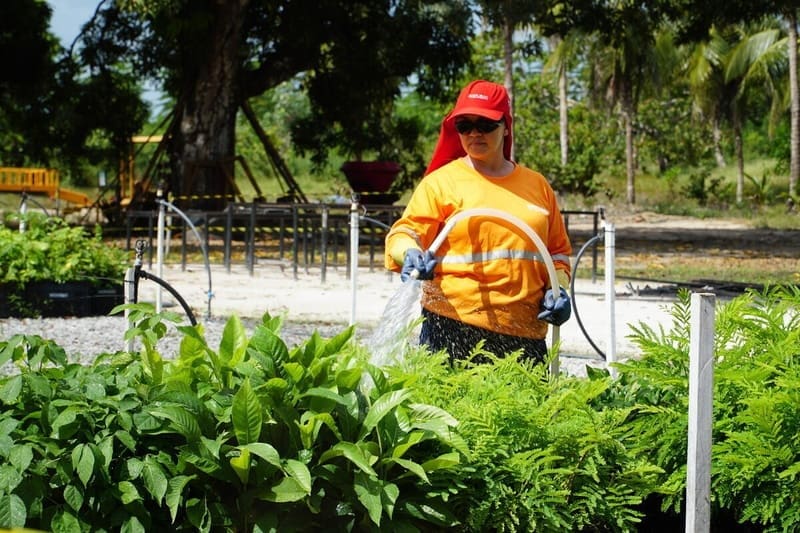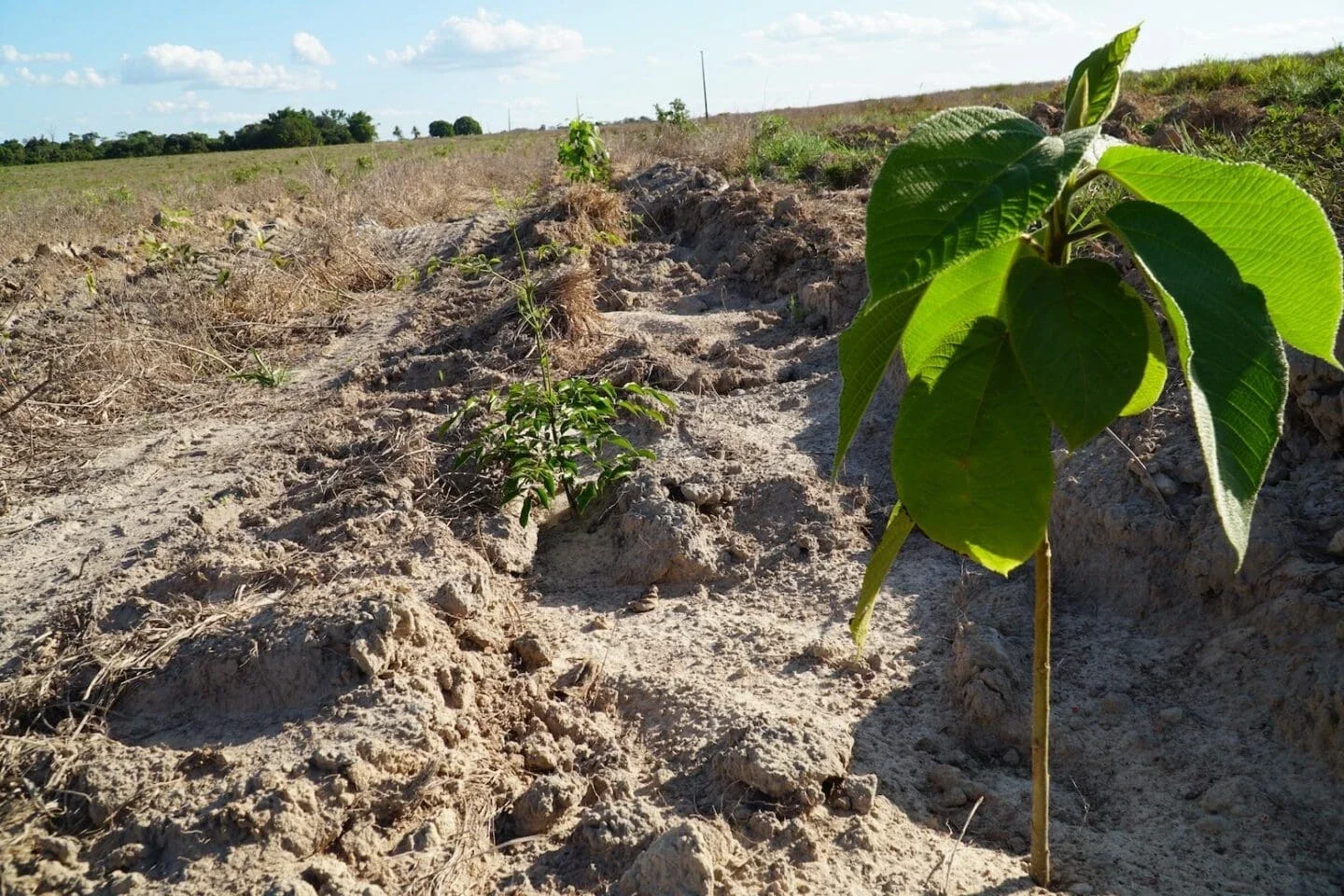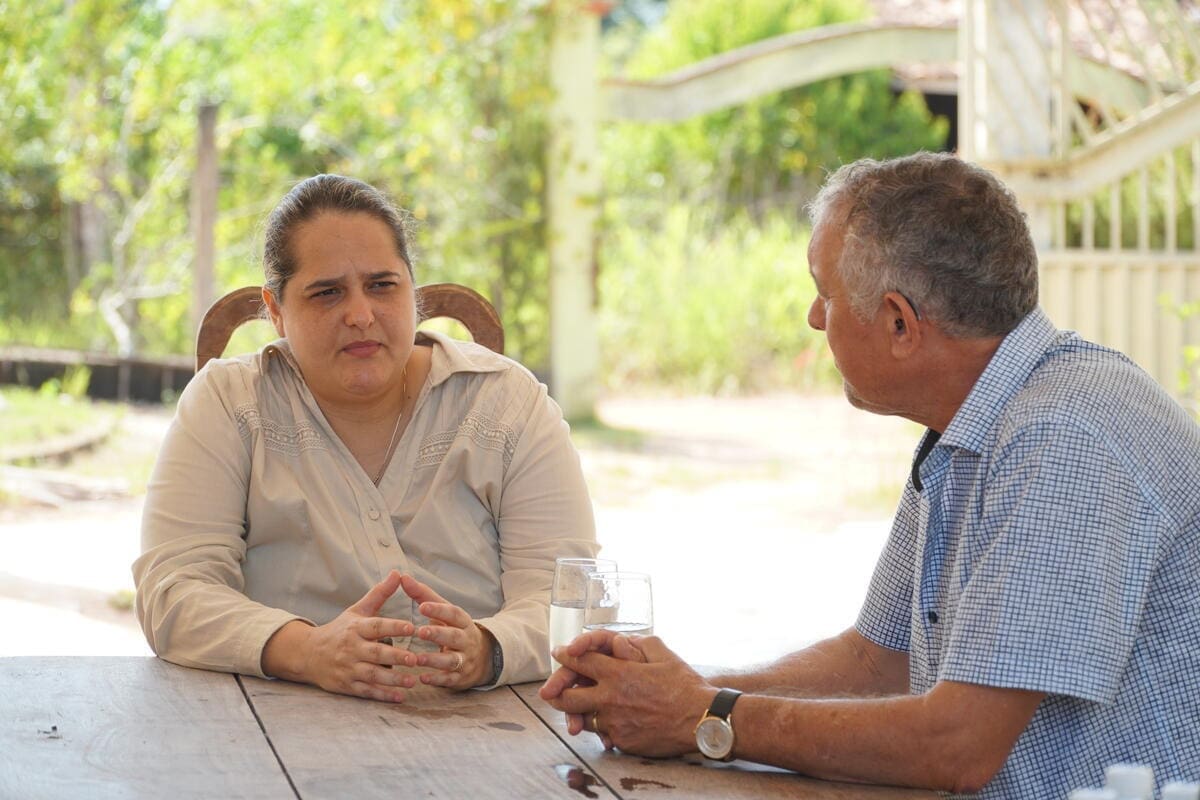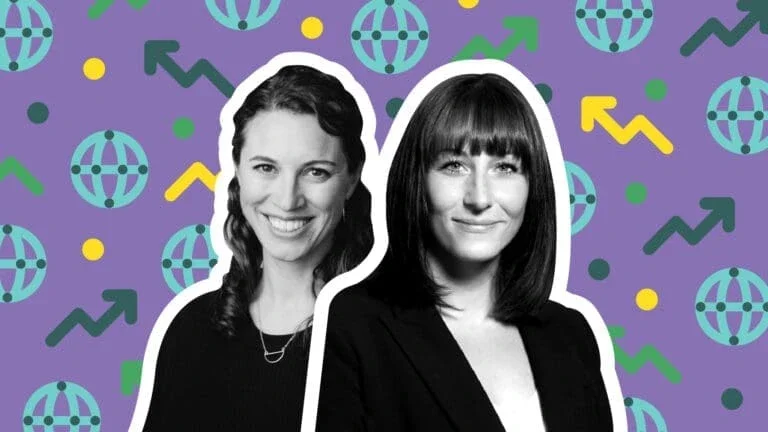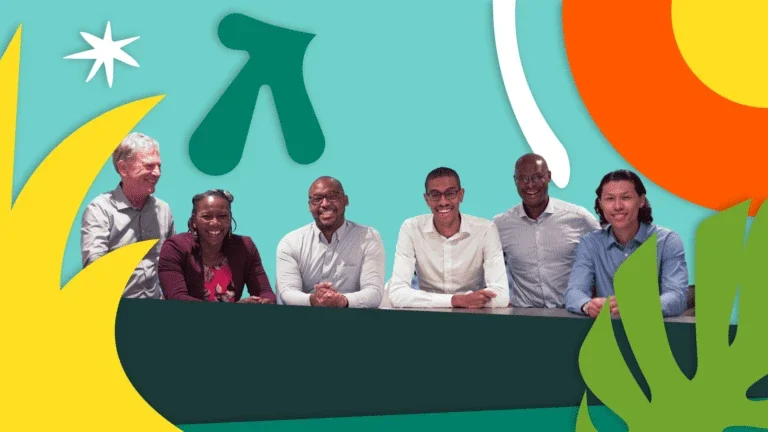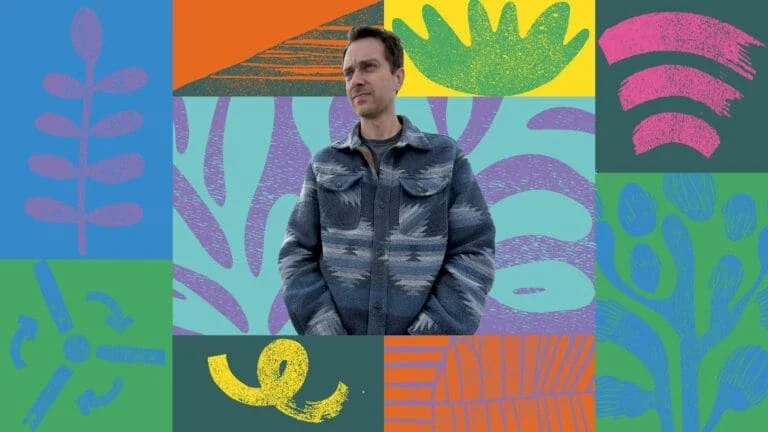Watch this video to see how Mombak restores the Amazon by generating carbon credits that support global climate efforts. Learn how their work not only improves biodiversity, but also creates sustainable economic opportunities for local communities in Brazil.
Reforestation is one of the world’s largest-scale opportunities to remove carbon from the atmosphere and rehabilitate ecosystems.
Mombak has established several core practices that drive the work:
- Mindful land procurement practices: Mombak’s team created a model that predicts which regions of the Amazon are best suited for reforestation. The algorithm accounts for several variables including the likelihood of natural regeneration, the soil quality, and potential operational challenges in the area.
- Science-driven reforestation: Mombak works with a team of scientists who have developed a land testing methodology to understand the optimal plant species mix and growing arrangement. This maximizes tree growth and has led to a 95 percent seedling survival rate.
- Long-term partnership: Landowners sign contracts that last for up to 100 years, ensuring trees remain standing as they start seeing profits. While some farmers maintain a portion of their cattle pastures, Mombak avoids farmers who also profit from logging.
These practices have helped build Mombak’s reputation in the community and the broader market.
“The opportunity that Peter and I saw with carbon markets is actually taking shape. Companies around the world are willing to purchase these carbon removal credits to offset their emissions,” Mr. Silva said.
Among these companies are Microsoft and Google. Microsoft has agreed to purchase up to 1.5 million tons of carbon, while Google agreed to offtake an additional 50,000 metric tons by 2030. These agreements have been supported by fresh financing from groups like the World Bank, which recently issued an Amazon Reforestation-Linked Bond, mobilizing $36 million to support Mombak’s effort.
To date, Mombak has successfully planted over 3 million trees of 100 different species, including endangered or vulnerable species such as Cedro Rosa, Castanheira, Itauba, Mogno, and others.
“Mombak’s market traction among major corporate buyers, investors, and development institutions is a testament to the team’s high-quality product and ability to deliver carbon removal at scale,” said Thomas Belazis, Director, Innovative Finance, The Rockefeller Foundation. “We are excited to play a role in supporting Mombak’s trajectory as we continue building the market of next-gen climate solutions.”
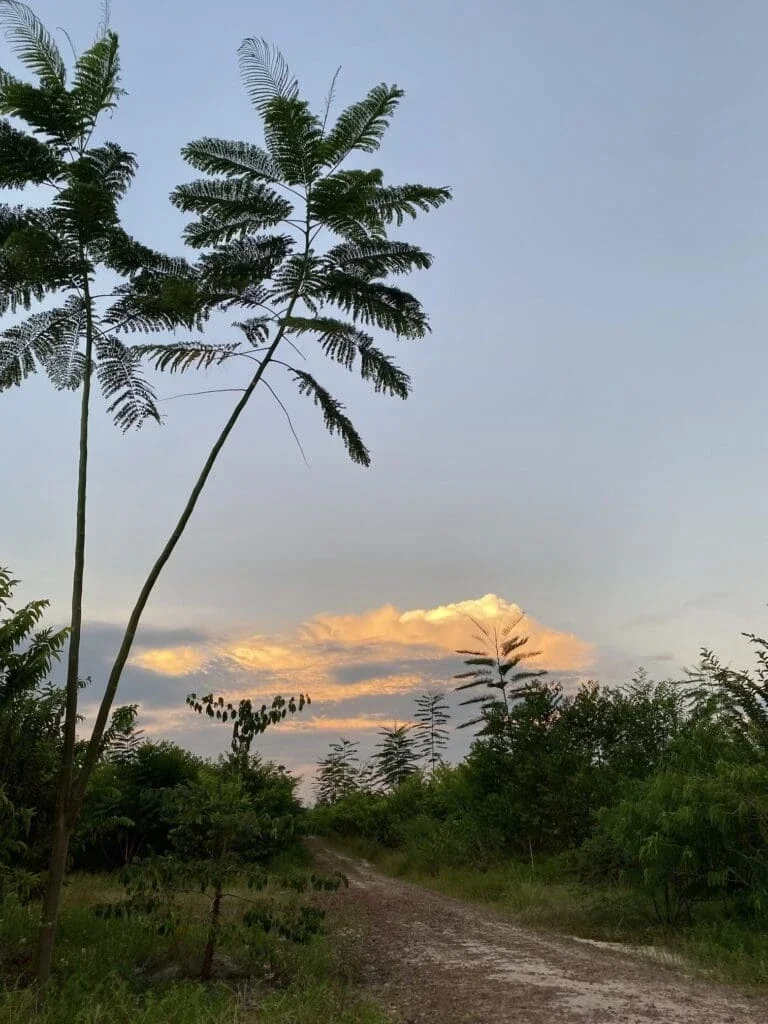
More in this Matter of Impact Edition
The Race To Replace Coal
An innovative financing tool is being used to try to retire a coal plant in the Philippines a decade earlier than currently scheduled.
Read MoreTransformative Initiatives To Add Nature to the Balance Sheet
A look at what it means to add nature to a corporate ledger, and how The Rockefeller Foundation fellows are helping create this systems change.
Read More